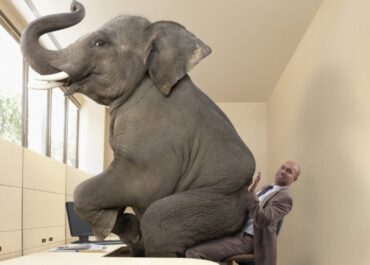
Maxerience's Pic2Pog
The Picture Predicament
We all know that the smartphone has changed the world of retail forever. Like most “Phenomenons”, what WAS “out of the world” gets absorbed into the mainstream becoming a part of a routine, check the box, activity no one really thinks about. Taking pictures at retail has fallen into this situation. Everyone is taking pictures at retail. If you are a merchandising company, millions of pictures proving that your merchandiser visited the store are somewhere. There are very cool agencies like Repsly, Basemakers and Field Agent all visiting stores taking pictures. Route salespeople, pre-salespeople, field consultants are all taking pictures. Millions and Millions of pictures.
What exactly happens to all these pictures?
I once interviewed a merchandising company that worked with Walmart, only Walmart, about 4,200 stores at the time. After learning about their merchandising services and frequency, I asked the question “How many pictures do you take a week?”.
“Each rep takes about 50 pictures a day across various categories” ~Merchandising Company
“Wait a minute, each rep takes 50 pictures a day across, say, 1000 stores called on each day. That’s 50,000 pictures a day! You take 13,000,000 pictures a year at Walmart!?” ~me
“Never really did the math. I guess so. Candidly, we don’t think about it much. We send them to our clients. We really don’t know what to do with all these pictures. We are in kind of a picture predicament situation at the moment” ~Merchandising Company

Picture Predicament?
One reason merchandising firms don’t know what to do with all these pictures is it’s too hard to extract the data from the pictures. Imagine trying to manually collect pricing, shelf position, share of shelf, new items or the planogram across 13 MILLION PICTURES? The mountain is simply too high to climb for that. Having said that, imagine the data sitting within the 13 MILLION PICTURES! This is truly BIG DATA! Like all BIG DATA, tools continue to get developed to mine, consolidate and organize these data. Those that read these blogs regularly probably know where I’m going with this.
13 Million Planograms created through Machine Learning
Maxerience, a Vision Group Company, has developed a tool called PIC2POG. This tool combines AI-Image Recognition with a state-of-the-art 3D image catalog, to autonomously create editable Planograms from a single picture. The brilliance of this tech is that once you have created a “Real-O-Gram” (A Planogram generated from a picture taken in real-time), you have the foundation for building a comprehensive, dynamic database of your brands execution. These AI generated Real-O-Grams can be compared to the PUBLISHED POG to identify execution gaps. They can be organized by time of day, store type, planogram size, new item execution. The insights become very powerful when you know how your brand is being represented at every store.
Many wonder if a tree that falls in a forest makes a sound if there is no one there to listen. Pictures, like that tree, can make a ton of noise if AI is watching.
For more information about Maxerience’s PIC2POG technology and tools checkout maxerience.com or contact joseph.montesano@maxerience.com.
Also learn more about Vision Group at Visiongroupretail.com.

